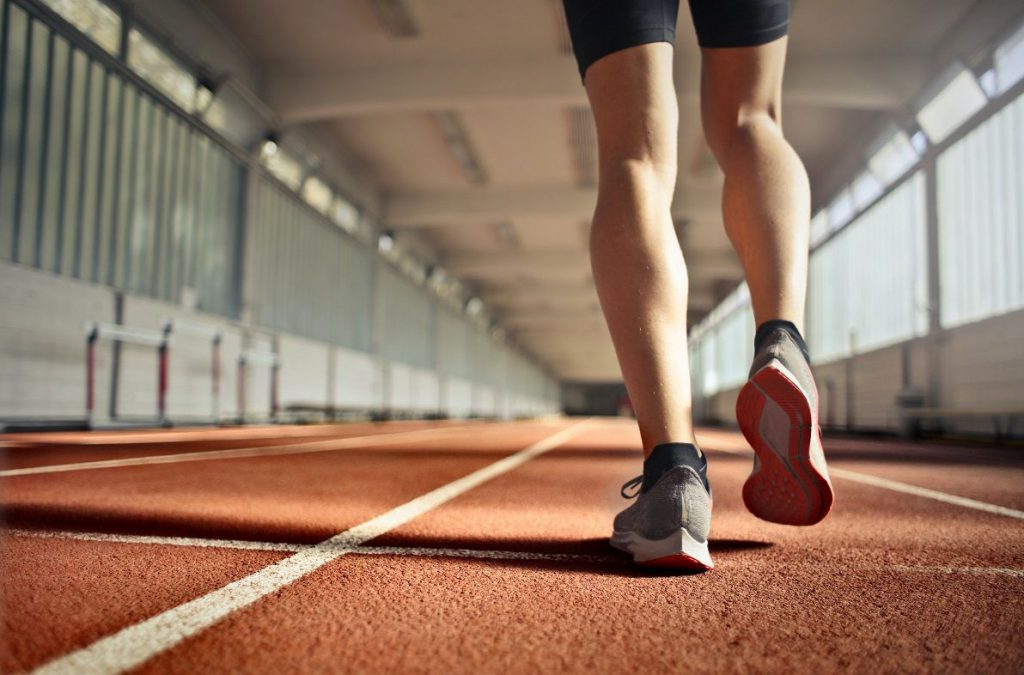Being physically active at least three times a week for at least 30 minutes can significantly improve sperm parameters in men. Men who regularly run and exercise have more healthy sperm than those with a sedentary lifestyle. The researchers from Germany and Iran came to this conclusion after analyzing more than 260 cases.
Researchers have identified the optimal length and type of physical activity. According to them, it is important to find the right balance in the intensity of the sport practiced. According to the researchers, regular exercises such as jogging or gym classes are the most beneficial for fertility. Men should be active several times a week for about 30-60 minutes. Too frequent trainings and competitive sports such as cycling may in turn reduce sperm quality. Interestingly, the study showed that in men who gave up physical activity, the positive effects of previous exercise disappeared after about a month. Consistency is the key in maintaining a healthy lifestyle.
The study involved 261 healthy men without fertility problems. The participants had normal semen test results and led moderately sedentary lifestyles. One in three of the study participants were overweight.
For the analysis, the studied men were divided into four groups (programs): – no exercise – three sessions per week of intense interval training – three sessions per week of moderate treadmill activity (approximately 30 minutes) – three sessions per week of intense treadmill activity (approximately one hour)
After a 24-week period, all three exercise groups showed men losing excess weight and improved semen test results (compared to the non-exercise group). The best results were seen in men who exercised regularly but at a moderate intensity.
How else can semen parameters be improved? The rule is simple: avoid overheating the testicles (e.g. hot baths, tight synthetic underwear), prevent sexually transmitted diseases, quit smoking, limit alcohol consumption, maintain a slim figure, have a varied diet… and move often, but don’t overtrain ????.
Source: https://rep.bioscientifica.com/view/journals/rep/153/2/157.xml#affiliation0
